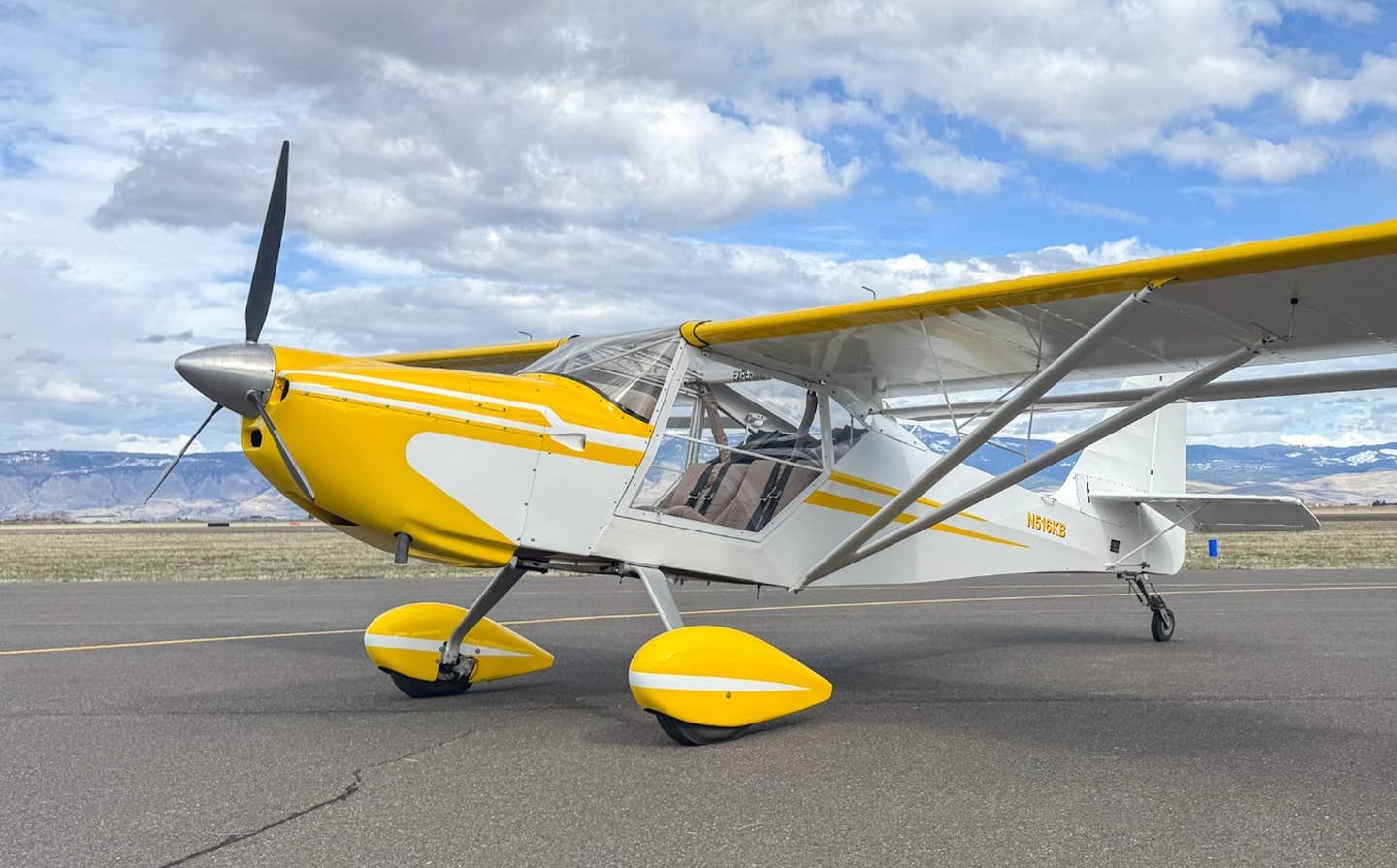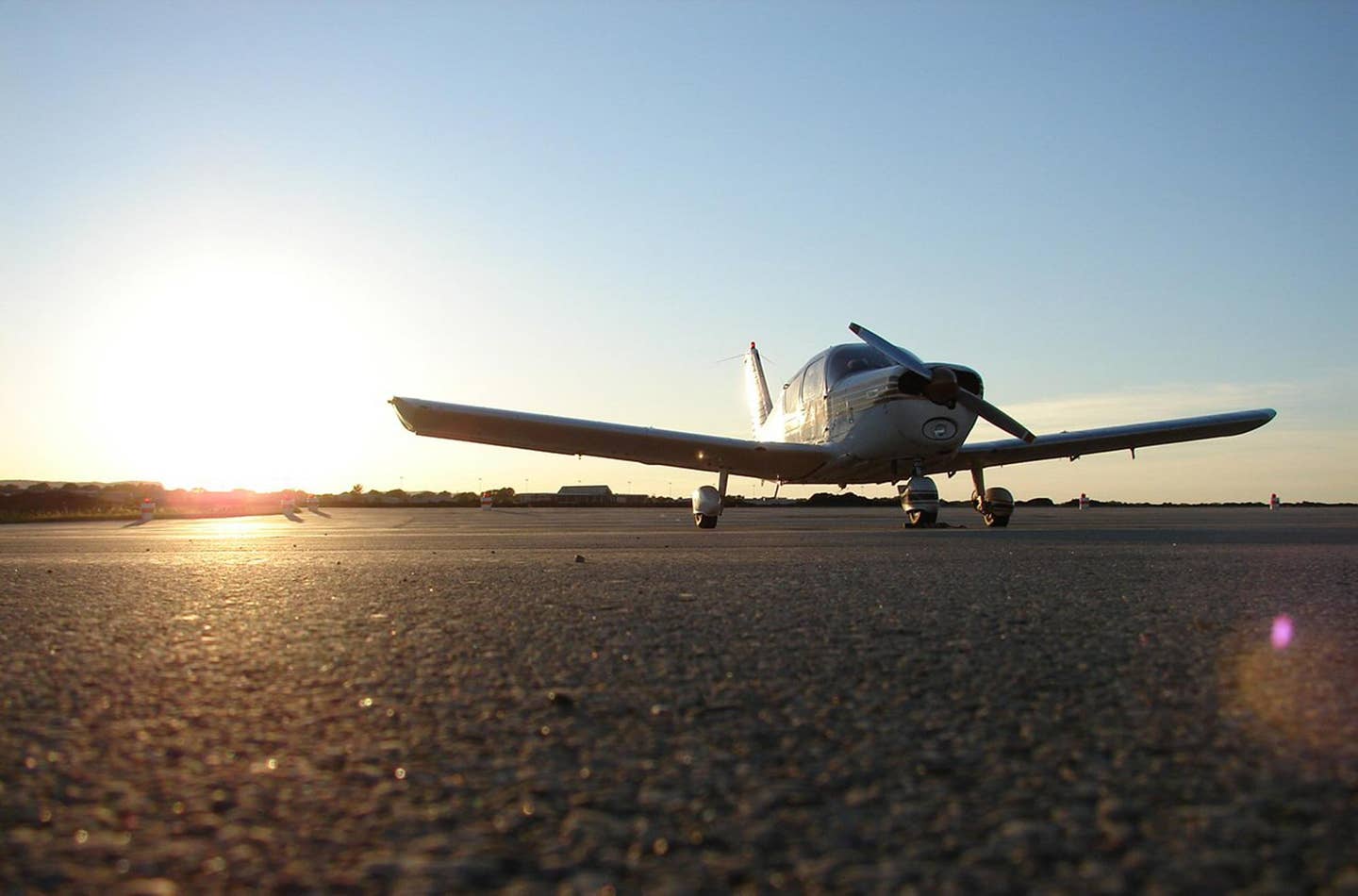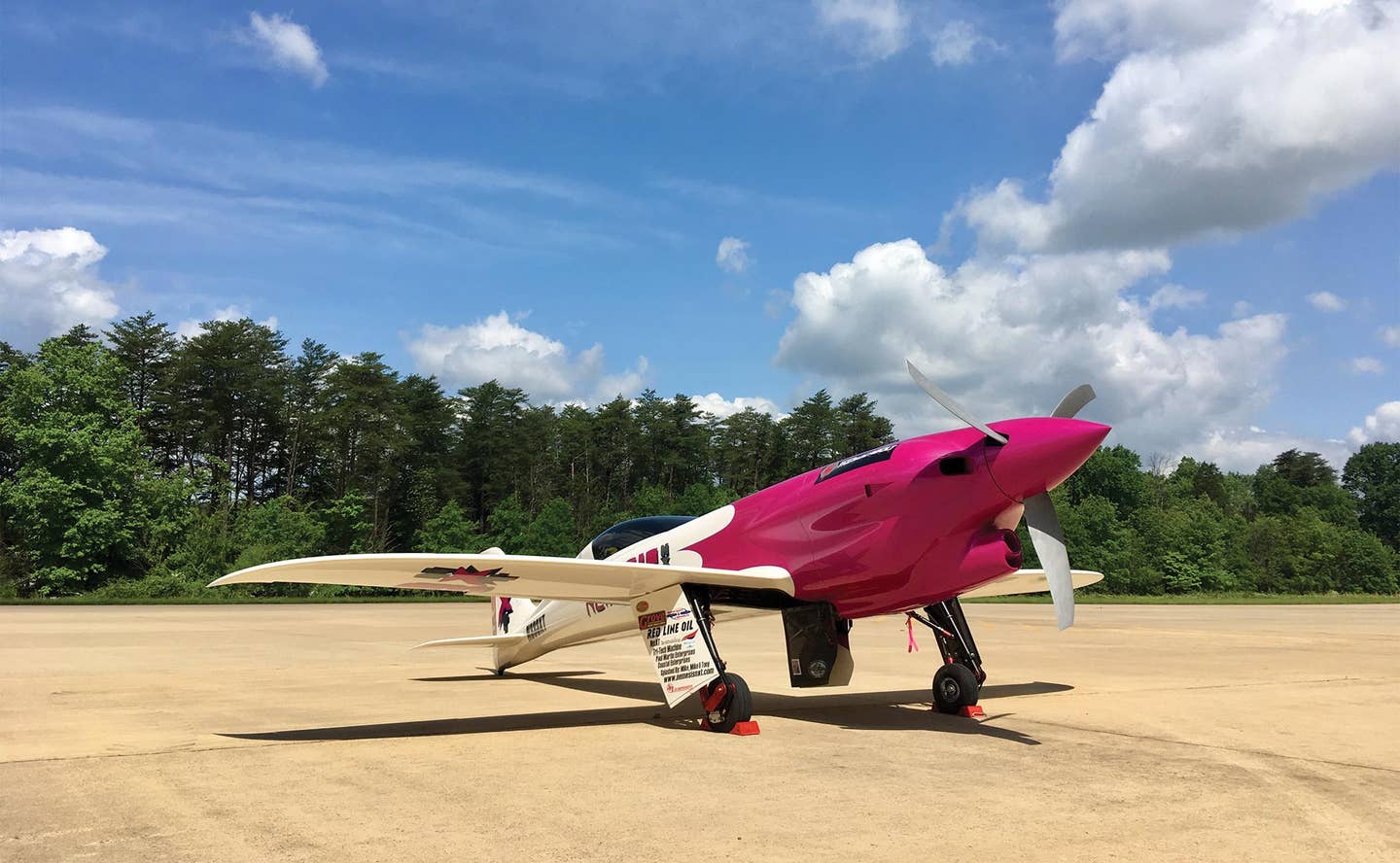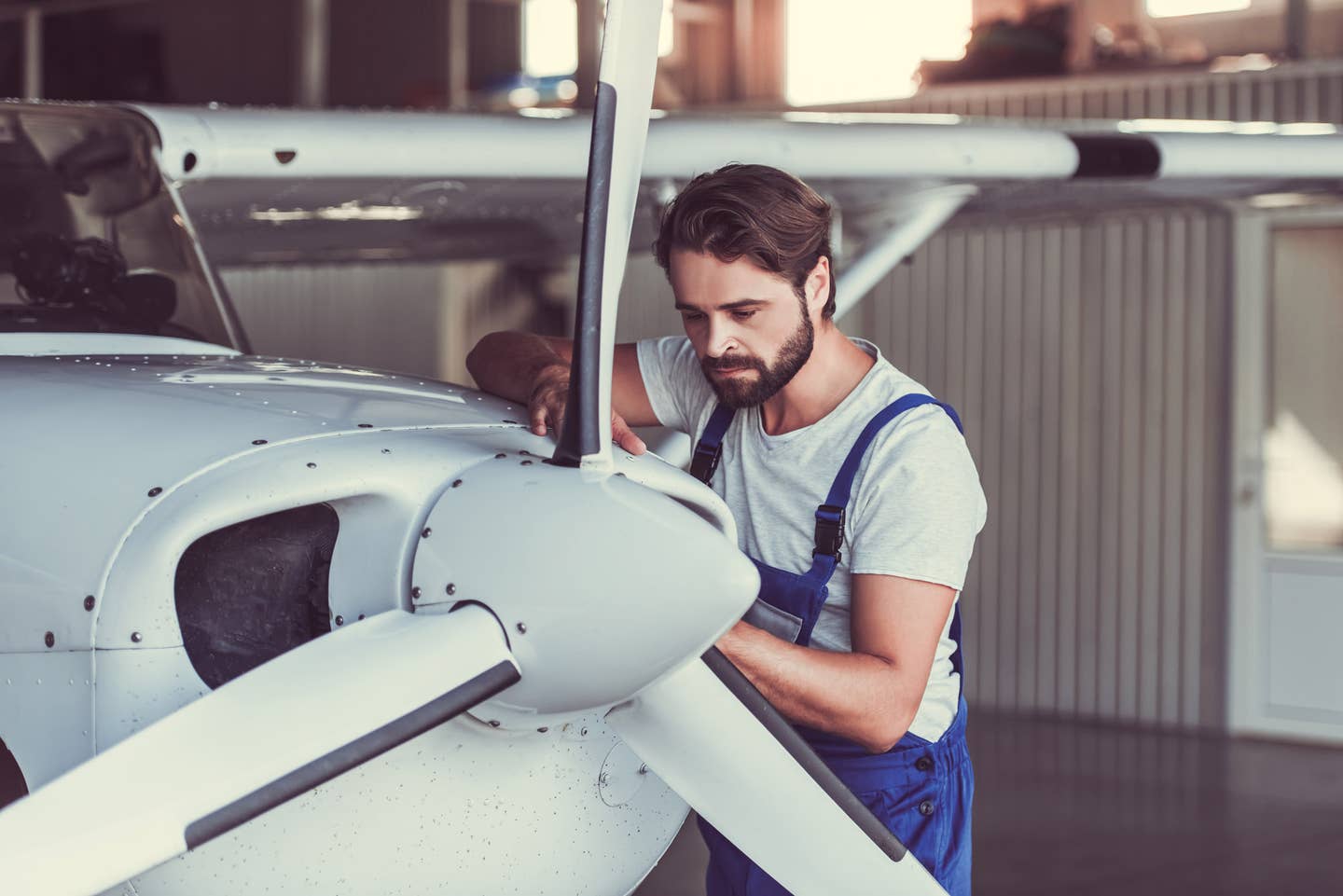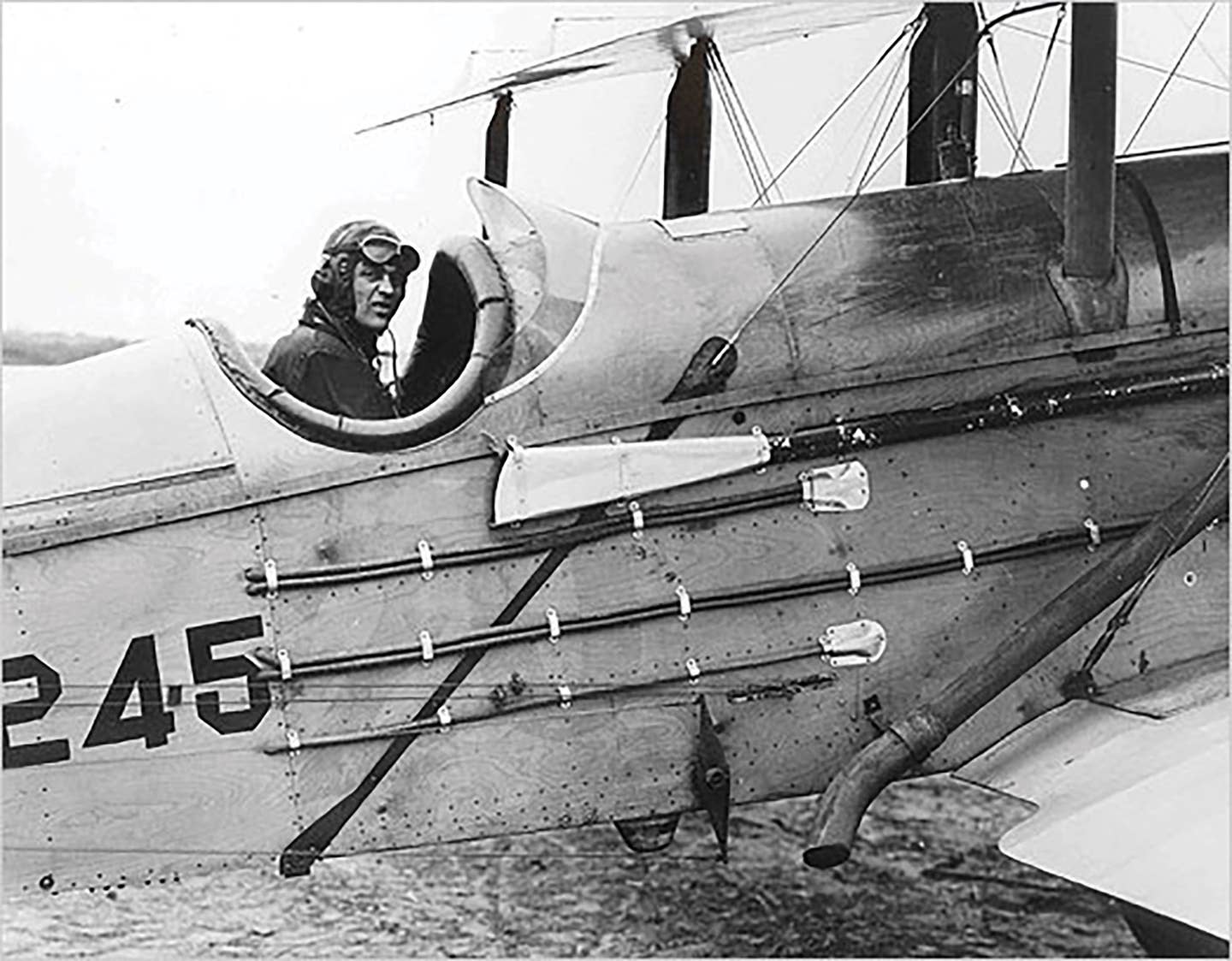Why So Many Skyhawks?
Today, we think of the 172 as a training airplane, but for at least the first 30 years of its existence, that wasn’t the case. It was a personal airplane…

Today, we think of the 172 as a training airplane, but for at least the first 30 years of its existence, that wasn't the case. It was a personal airplane that could do double duty as a utility plane, pipeline patrol, maybe some flight instruction, though seldom at multi-airplane flight schools. It was what it was, and Cessna didn't mess with that recipe much for decades, because why would it? Throughout the 1960s, Cessna was selling a thousand Skyhawks a year, and by the mid-1970s, it was turning out almost 2,000 every year.
Not only did customers clearly love the 172 as it was, but the model was bookended by two others popular in their own right---the 182 Skylane and the 150/152.
The 182 is more airplane than the 172 by a good margin. With a 235 hp Continental six-cylinder engine (compared to the 145 hp Continental six in the 172), and with a beefier airframe, the 182 could haul more and fly farther, too. Still can.
Down market from the 172 was the 150, which morphed into the 152 in 1978. The 150 was a training airplane, plain and simple, a two-seater that wasn't fast and couldn't fly very far. It did get used as a personal airplane, which is still the case, but the vast majority were bought to be used for flight instruction because they were cheaper to buy and cheaper to operate, and they got the job done nicely.
So, making the 172 more capable would have impacted sales of the 182, which was also a hot seller, and of the 150, which, ditto. The 172 remained the same somewhat capable, somewhat useful four-seat (kind of) personal plane, in essence, the perfect compromise between utility and economy.
Another thing to remember is that while the difference of a few thousand dollars, which was the delta between Cessna models for decades, might not seem like much these days, you need to think more in ratios than dollars. The difference in prices between the models was designed to force buyers to spend only as much as they could possibly afford to step up. Which they did in great numbers.
Back to my point: The 172 is still being produced and sold in good numbers by Textron Aviation's Cessna Aircraft division. Overall, it's cranked out around 45,000 172s. It delivered 126 of the 172-S, the only model in production right now, in 2019, many of those going to larger flight schools in fleet deals. Just how many were purchased by individuals for their personal use is unknown, but considering the Skyhawk's hefty price tag of between around $375,000 and $435,000, it has to be a small number. With a full glass cockpit, stylish and comfortable interior, and safety improvements across the board, today's Skyhawk is a premium product.
Such was not always the case. In the early days, the 172 was the Volkswagen of the skies, a simple, easy-to-fly, all-metal four-seater that didn't require deep pockets or exceptional stick-and-rudder skills to fly. Remember, too, that the 172 was originally a nose-gear version of the taildragger 170. Preproduction interest in the 172 was so great that Cessna discontinued the taildragger 170 right around the time it introduced the 172. Nosewheels weren't new---Beechcraft's Bonanza had been hot stuff for a decade already, and Piper's Tri-Pacer sold well. But the 172 was a truly modern entry-level four-seater with a nosewheel. You didn't have to be the best pilot at the patch to fly these new planes, though it wouldn't hurt if you were.
It's interesting to me that not many of the most-produced planes in history are personal planes. There are a few clustered toward the top, none of which would surprise you, but of the top 20, only six are personal airplanes. The others, as you might have guessed, are all planes built to go to war. Even some of the small planes on the list had their numbers greatly aided by the war effort. Of the 20,000 or so Piper J-3 Cubs built, more than 6,000 of them were built for military use.
The military version of the 172, the T-41 Mescalero, on the other hand, was produced in much smaller numbers. Over the course of 32 years, from 1964 to 1996, Cessna built just over 750 T-41s, but even by the year of its introduction, there weren't big bucks to be made in the sale of small military planes. The model's success is due almost entirely to its appeal to private pilots, which is huge, though for reasons that aren't always entirely clear.

Subscribe to Our Newsletter
Get the latest Plane & Pilot Magazine stories delivered directly to your inbox


